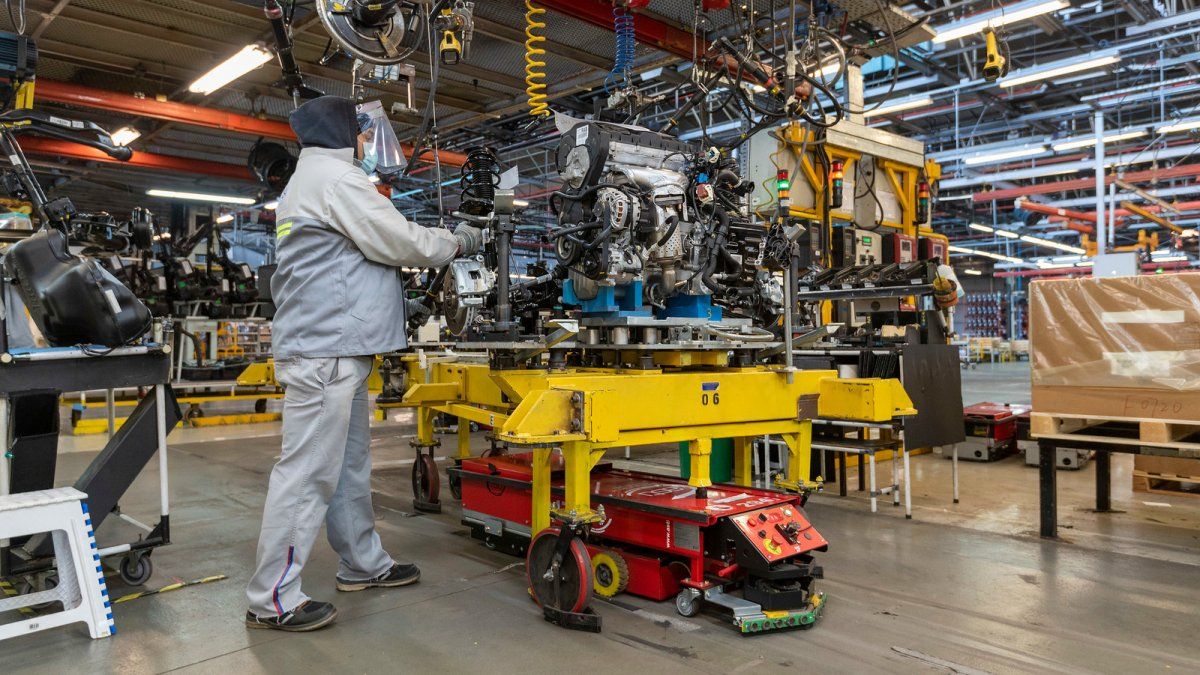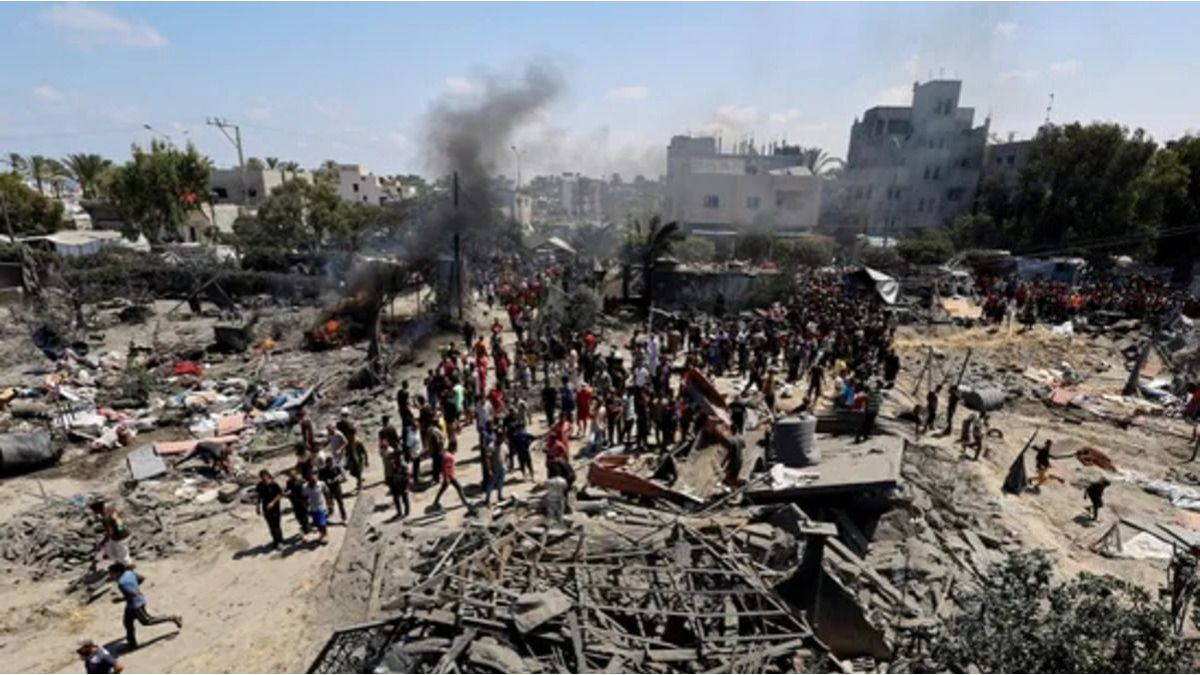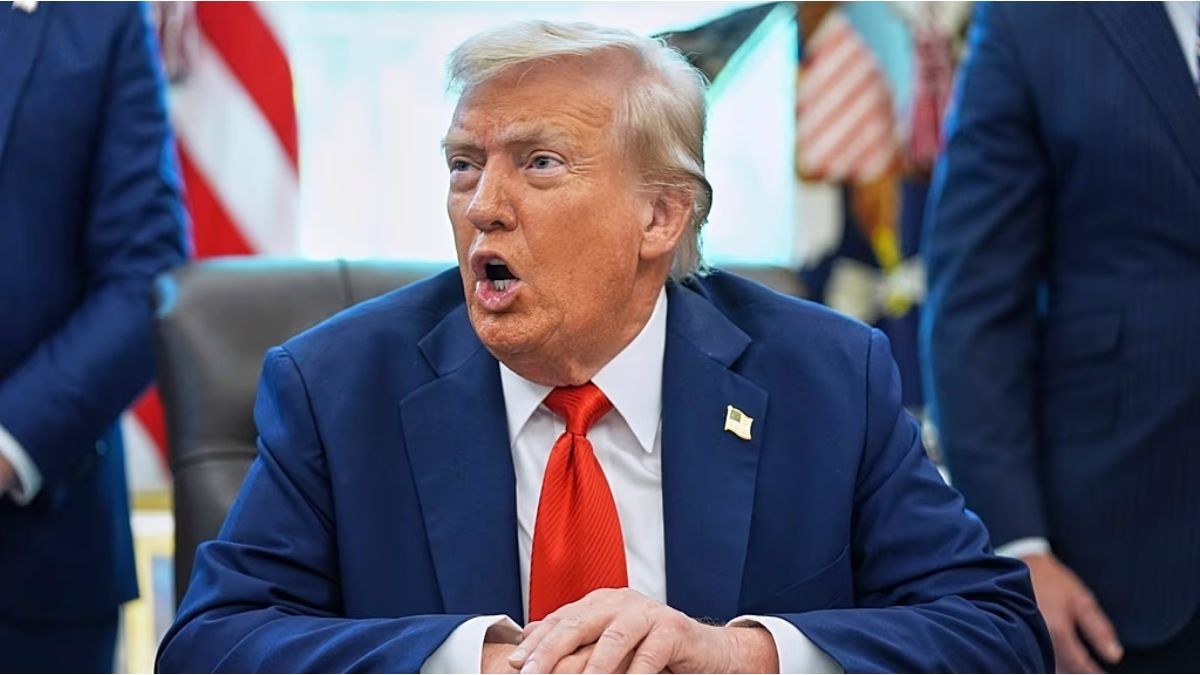In this regard, from the LCG consultancy they analyzed the evolution of the industry last year and projected: “Regarding 2023, with a severe drought that is expected to subtract around US$8,000 million from exports, added to payments net of debt (USD 3,000 million with the IMF, for example), we expect that regulations on access to imported inputs will be maintained and/or deepened, so We project a more subdued growth than that observed during 2022, around 0.3% average”.
“For the year that began, the prospects for the industry are very modest; the lack of foreign currency will impact the manufacturing sectors that depend on imports of capital goods, intermediate goods or inputs for their activity, and the lack of recovery of family income in a scenario of high inflation will prevent consumption from contributing to motorize the advancement of the sector”, they had analyzed from the firm Orlando Ferreres.
“The outlook for projecting industrial activity in 2023 is complex,” pointed out to Ámbito Francisco Ritorto, an economist at ACM, who detailed: “The biggest challenge for the industries lies in the Difficulty accessing the official exchange market to make importssince most use imported inputs and this would slow down the production rates of different lines. To this must be added the effect of droughtsince it implies a lower demand for inputs by the agricultural and agro-industrial sectors as well, which ends up reducing potential production”.
“On the other hand, it is possible that some industries manage to rebound a bit given this need for inputs, which ends up producing a replacement of imported inputs by national ones, slightly appeasing the fall in industrial activity,” Ritorto said, adding: “Since the side of the demandGiven the necessary adjustments in fiscal matters to meet the IMF’s goals, it is very likely that we will also see a drop in consumption. Discouraging the industrial outlook again.” “Looking at both factors, we can determine that a complex scenario in industrial matters is expected for 2023”, highlighted the ACM analyst.
Analysis
Natacha Izquierdo, head of sectoral practices at Abeceb, for her part, analyzed the development of the activity during the past year and, based on these bases, projected what can happen during 2023. “An unbalanced 2022 between sectors led the manufacturing industry to positive numbers in the accumulated, although with nuances. The droughtthe strong restrictions on imports, slowdown in growththe reduction of income and, therefore, of the consumptionwere the direct factors that explain the loss of momentum in the real economy, with the most dynamic sectors losing strength and showing signs of exhaustion of recovery towards the end of the year and with meager growth prospects thinking of 2023”Izquierdo pointed out.
“In a context of less drag effect, production slowdown continues in a sector that works with high costs with suppliers due to greater uncertainty of the payment term based on the authorization of the SIRA and limited production stocks, which generate a permanent risk of production slowdowns, particularly in those sectors that work with continuous production such as the automotive sector, auto parts, chemical substances, white line and steel industry among others”, added the analyst.
“With this scenario, industrial production is expected to consolidate the weakening trend at the margin in 2023 that began to become evident in the second semester of 2022 and the estimates in principle would not exceed 1.5% year-on-yearnot only due to the uncertainty in production levels associated with the lower availability of inputs, but also due to the meager growth of the replacement of certain products and a slowed level of consumption due to a purchasing power that cannot recover against inflation ” , concluded Izquierdo.
Source: Ambito




